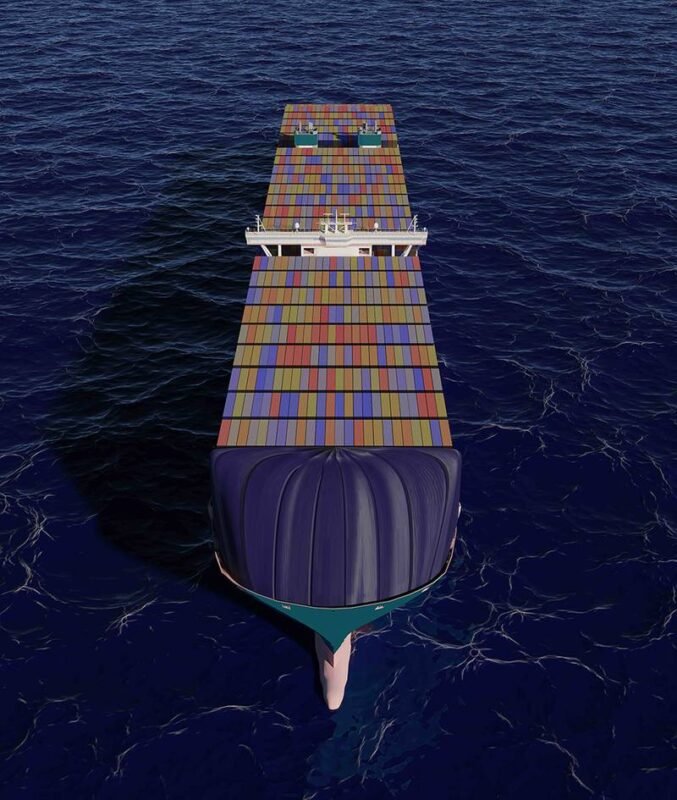The Malta-registered cargo ship, Ruby, has been attracting global attention due to its hazardous cargo of 20,000 tons of ammonium nitrate. Originally intended for the Canary Islands as fertilizer, the ship’s damaged state from an Arctic storm has raised concerns. After being denied entry to ports in Norway, Lithuania, and Sweden, and facing restrictions from Danish authorities, Ruby changed course towards Malta. Managed by a UAE company and registered in Malta, local authorities have been involved in finding a safe port for the vessel.
As Ruby reached the northeastern end of the English Channel, it anchored between the Netherlands and the UK before positioning off the coast of Kent, England. Media coverage and speculation surrounded its movements, despite reassurances from other countries that the cargo was safely loaded. HM Coastguard confirmed they were in regular contact with the vessel, which was securely anchored outside UK territorial waters. The vessel was waiting for suitable conditions to refuel at sea before passing through the English Channel.
Reports indicated that Ruby, due to a crack in the hull and damage to the propeller and rudder, required an escort while underway. The escort vessel, Amber II, also registered in Malta, docked in the Netherlands, possibly for replenishment or crew relief while Ruby remained anchored. Maltese authorities stated they would not allow Ruby into port unless the cargo was unloaded first, similar to restrictions placed by Lithuania for repairs at Western Shipyard. Speculation suggested the managers were seeking smaller vessels to transfer the cargo for storage.


















